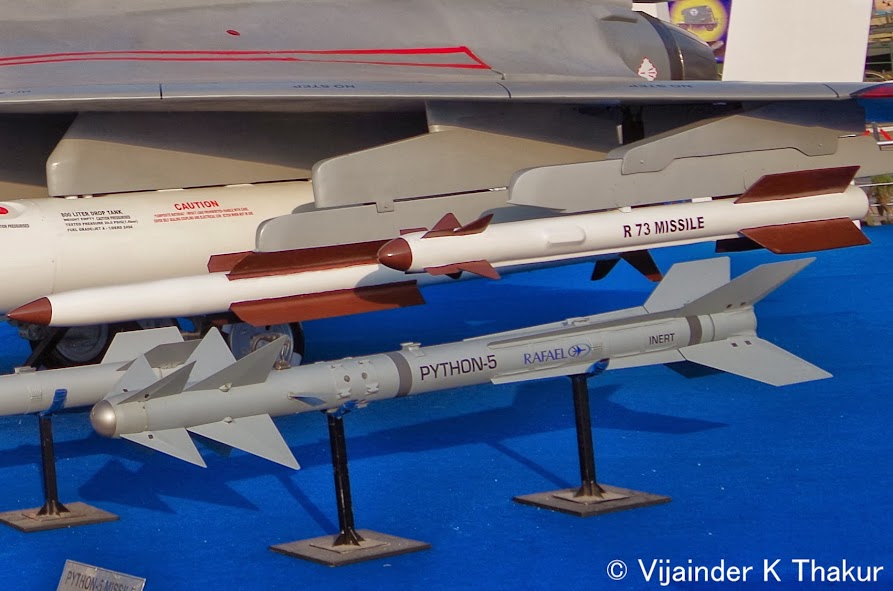 |
| Border post on the LAC at Bum La Pass, Tawang, Arunachal Pradesh. |
Prime Minister Narendra Modi possibly created history on Thursday May 29, 2014, and ironically no one seems to have noticed, thanks to our wayward newsmedia that considers anything non controversial as non news and currently has Article 370 coming out of all its
The Indian PM told Chinese Premier Li Keqiang during a telephonic conversation on Thursday that the Indian government had resolved to "utilize the full potential of our strategic and cooperative Partnership with China...to work closely with the Chinese leadership to deal with any outstanding issues in our bilateral relations by proceeding from the strategic perspective of our developmental goals and long-term benefits to our peoples."
I am not a diplomat, but I don't think I have to be one to understand what Modi meant when he said "to deal with any outstanding issues in our bilateral relations by proceeding from the strategic perspective of our developmental goals and long-term benefits to our peoples."
For India's relations with China to flourish, the outstanding border dispute between the two nations with civilizational links needs to be resolved; not by round after round of official babu talks, but a strategic political vision. A vision that focuses on "our developmen goals" and brings "long-term benefits to our peoples."
What Modi told Li Kequiang was - Lets move forward. Moving forward means leaving your past behind. India's relations with China have, for the past over 50 years, remained shackled by their border dispute.
A "strategic perspective" must look beyond intractable claims about our mutual border; it must look beyond give and take to resolve the border dispute. It must consider mutual give and forget.
A "strategic perspective" must come with the attitude - "What border dispute?"
For over 50-years India and China have clamored for their 'historical' border, unmindful of their differing perceptions on what was the historical border. Well 50-years is history by itself; the LAC could now well be viewed as the historical border and there is no difference in difference in perception over it. (I believe the Chinese ambivalence on the LAC in Ladakh is really aggressive posturing, not a real difference in perception.)
So did Modi signal to China that it was time for India and China to resolve their border dispute along the lines suggested by the Chinese themselves earlier? By accepting the LAC as the new international border?
I think so. China's decision to send their foreign minister Wang Yi to India in the second week of June to follow-up on the Modi - Li Keqiang conversation is a clear indication that Modi has said something that China is delighted to hear.










+MK-10.jpg)